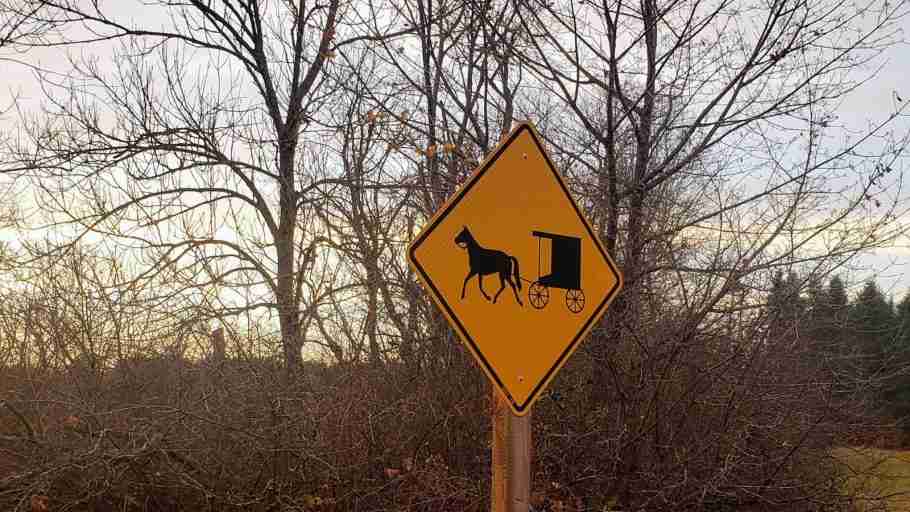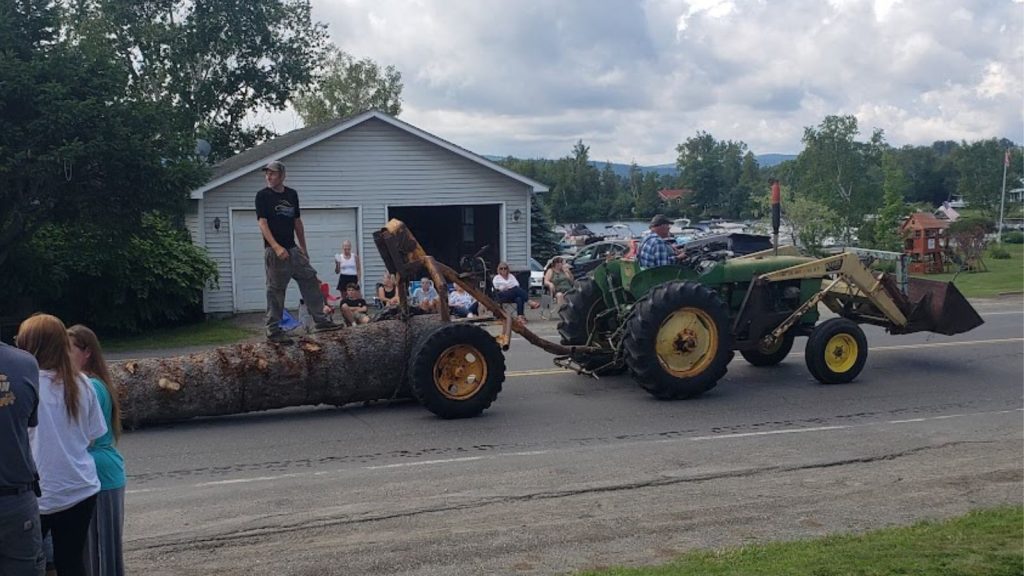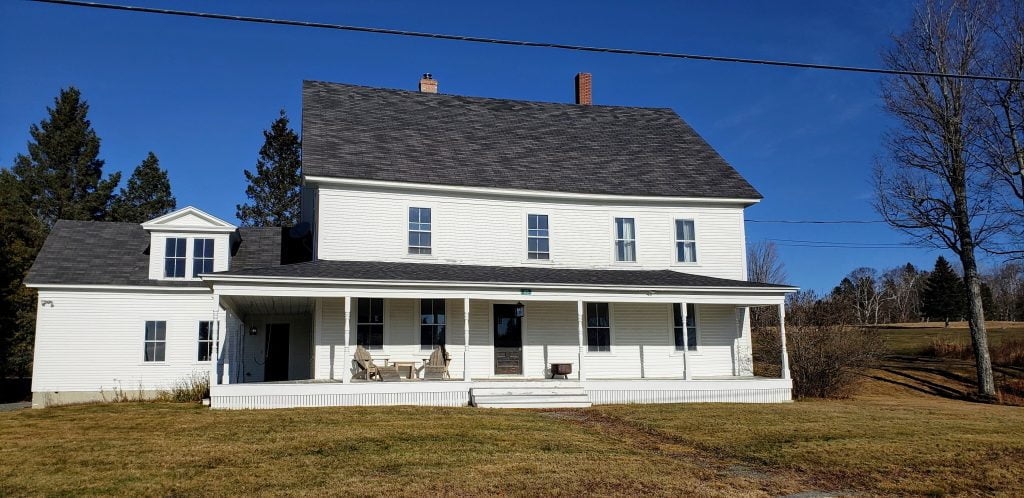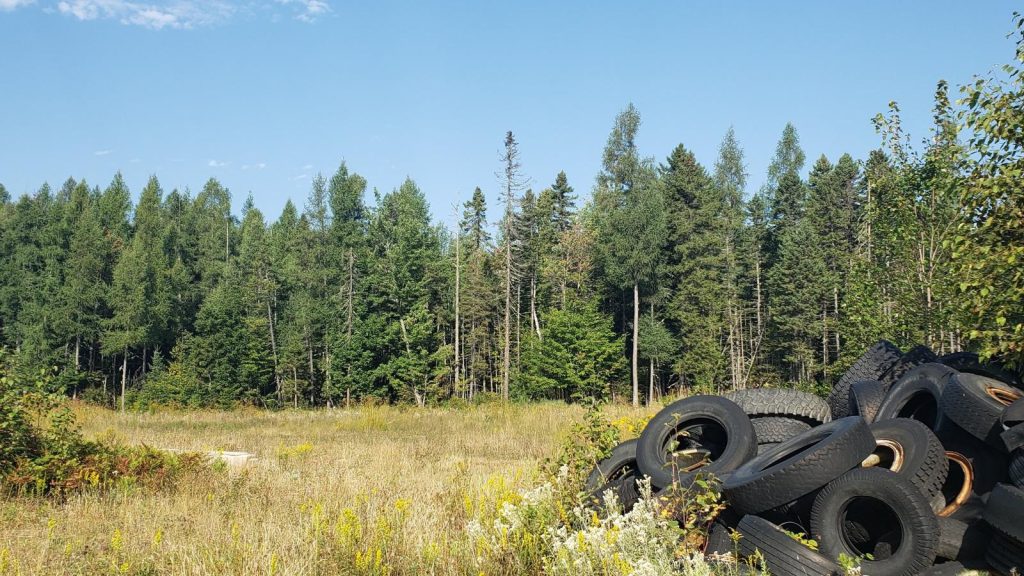If you are visiting or living in a rural area, driving in rural towns and using less-traveled roads is a necessary part of life. Driving on rural roads can be a unique experience, with more open roads and fewer people around.
However, there are also some risks when driving on roads that might not be as well-maintained or filled with heavy traffic. That was especially true in our area after recent flooding, with many washouts.
There are some unique considerations when navigating these roadways, so let’s examine what to look out for. You may want to warn your guests as they travel to visit you.
1. Unpaved Roads Driving in Rural Areas
Driving on unpaved roads is rare in most cities or suburbs. Before tackling an unpaved road, it is essential to ensure your vehicle is up for the challenge.
For example, check your tires and brakes before heading out. Also, remember your oil and fuel levels, as you don’t want to run out in extreme conditions.
You should also reduce your speed when driving on these roads; even if you think it looks smooth, unexpected bumps and dips can appear out of nowhere. You could quickly be broken down and need assistance.
2. Wildlife Crossing Signs Are There For A Reason
Wildlife is a primary concern when driving through rural areas, as animals are known to wander onto roads unexpectedly. It is essential to remain vigilant during dawn or dusk when many animals come out of hiding looking for food or water.
Be prepared for sudden changes in speed by keeping your eyes open and scanning both sides of the road ahead of you for any signs of wildlife. Be especially cautious when driving near wooded areas where deer, bears, moose, and other animals may reside.
3. Weather Conditions: Check Often Before You Drive In Rural Towns
Weather conditions in rural areas can change quickly—the sun could shine one moment, and a thunderstorm could roll in the next. That’s why it’s important to stay current on local weather reports before setting off on any journey.
If the forecast calls for rain or snow, ensure your car is equipped with appropriate tires for the season and pack extra supplies such as blankets or clothing just in case you get stuck during bad weather.
In the colder climates, you may experience frost heaves while driving in rural towns. These can cause major bumps and damage to your vehicle. This is especially true if you are trailing snowmobiles or other equipment behind your car.
Lastly, if you have to drive through inclement weather conditions, slow down and keep your distance from other cars on the road.
4. Extra Time Needed Driving In Rural Towns
No matter the weather, country roads tend to have fewer signs than highways or city streets, so giving yourself extra time to plan a trip into unfamiliar territory is essential.
Make sure you read up on directions beforehand and leave early so that you don’t rush while driving in an unfamiliar area with potentially blind curves or dips.
Don’t rely on your GPS or phone, as internet and satellite service could be spotty on rural roads. However, a Garmin GPS is your best bet for driving on rural roads over your vehicle service or phone service.
Knowing where all the significant landmarks are along your route will also help if you take a wrong turn or something unexpected happens.
5. Watch Your Surroundings
In a rural area, many small side roads join up with main highways. When approaching an intersection, pay attention to your surroundings; always look both ways before proceeding, even if you have the right-of-way.
Additionally, if there is no stop sign at an intersection, proceed slowly, as other drivers may not see your vehicle due to limited visibility from surrounding trees or buildings. Not only do you have cars and trucks on a rural road to watch, but you may also have horses and buggies like this sign pictured below.

Best Vehicles For Driving On Rural Roads
If you are considering relocating to a rural town, you may want to consider what vehicle you will be driving on rural roads. You may need to trade it in for a 4-wheel car.
If you have an electric vehicle, you may need a gas-powered one in rural areas, especially if you live in a colder climate, as you can lose range. There may not be enough charging stations, either, to charge your electric vehicle in a rural area.
According to TrueCar, here are some of the top 10 four-wheel vehicles on the market today. Safety can make a difference in your ride.
- 2023 Toyota Sequoia
- 2023 Nissan Pathfinder
- 2023 Toyota Tundra
- 2023 Ford Explorer
- 2023 Land Rover Range Rover Sport
- 2022 Lexus LX
- 2023 Jeep Grand Cherokee
- 2023 Jeep Wagoneer
- 2023 Land Rover Defender
- 2023 Chevrolet Suburban
Better Used Vehicles For Driving In Rural Towns
These are some of the best-used vehicles under $10,000 according to Kelley Blue Book.
- 2012 Toyota Rav4 4×4
- 2011 Honda CR-V
- 2011 Honda Pilot
- 2014 Subaru Outback
- 2014 Mazda CX9
- 2014 Kia Sportage
- 2014 Subaru Legacy
- 2015 Nissan Rogue
- 2013 Volvo S80
- 2012 Acura RL
As you can see from the above, having a proper vehicle for driving in rural towns could be costly.
However, it is necessary if you don’t want to get stuck in rough terrain or snowstorms in the colder rural areas of the country. A 4-wheel vehicle is a must if you must be out and about in tough conditions. It can be the difference between life and death.
Conclusion: Driving In Rural Towns
Driving on rural roads is a unique experience that requires extra precaution due to potentially hazardous conditions, such as unmarked roads, animals on the road, and potential distractions from other drivers who aren’t paying attention. Check your local news for local conditions as well.
When navigating these areas, remember to check for unmarked roads ahead of time, be aware of any bumps or curves in the roadway surface, and watch out for distracted drivers who could put everyone at risk of an accident due to their negligence behind the wheel.
Following these tips will help ensure your safety when traveling through rural towns.
What have you encountered driving on rural roads in your travels? If you moved to a rural area, did you have to trade in a vehicle? I’d love to hear about it in the comment section below.
FAQ: Driving In Rural Towns: 5 Big Things to Look Out For Today
What should I watch out for on rural roads?
Look out for wildlife crossing the roads, particularly at dawn and dusk. Animals like deer can cause serious accidents.
How do I handle narrow or unpaved roads?
Drive slowly and stay alert. These roads can have unexpected bumps, sharp turns, and loose gravel that can affect your control.
Are there special rules for passing farm equipment?
Yes. Farm equipment moves slowly and often takes up more space. Be patient, pass only when it’s safe, and give them plenty of room.
What should I do if I encounter a one-lane bridge?
Yield to oncoming traffic if they reach the bridge first. Follow posted signs and proceed with caution.
How do I prepare for limited services in rural areas?
Keep your gas tank half full and carry a basic emergency kit. Cell service might be unreliable, so plan ahead.
How Do Rural Roads Differ From Roads In Cities or Suburbs?
Driving in rural areas can often be difficult without cell service or a GPS. You will need to know where you are going. There may be less vehicle traffic but more wildlife traffic in rural areas.




